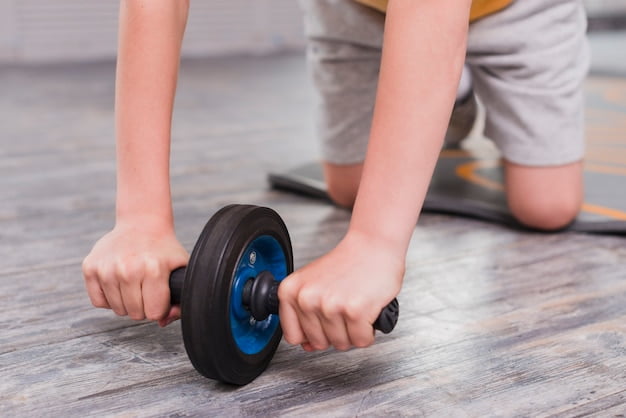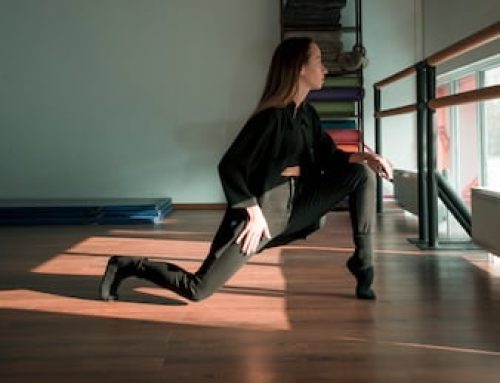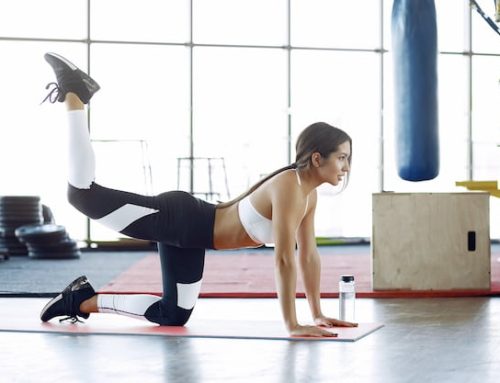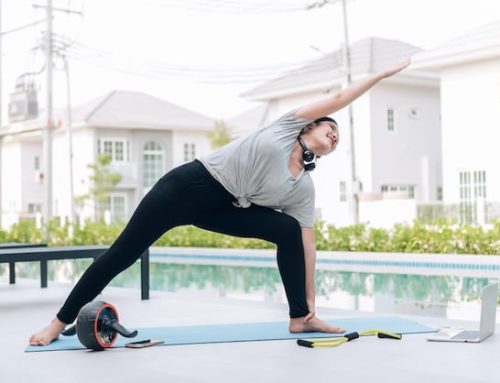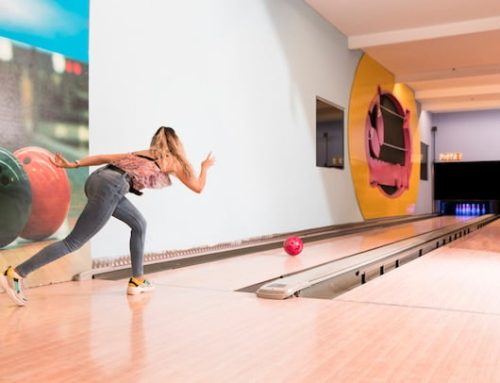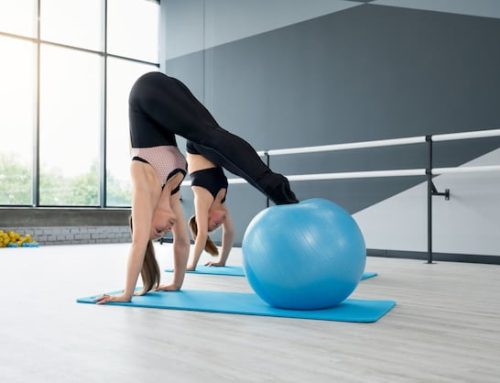The 4 Systems of Balance You Should Know About
Balance board exercises have become increasingly popular in recent years as a way to improve balance, stability, and overall physical fitness. But to understand how balance board training works, it’s essential to understand the four primary systems of balance that your body uses to maintain stability.
Vestibular System
The vestibular system is located in your inner ear and is responsible for detecting changes in head position and movement. The system contains three semicircular canals filled with fluids and tiny hair-like sensors that detect head movement. These sensors then send signals to your brain, which helps you maintain balance.
Visual System
The visual system, as the name suggests, relies on your eyes to help maintain balance. Your eyes send signals to your brain that help it understand your position in space and the movement of your surroundings. This system works in tandem with the vestibular system to help you maintain stability.
Somatosensory System
The somatosensory system uses sensory information from your skin, muscles, and joints to provide feedback to your brain about your body’s position and movement. It’s essential to have a healthy somatosensory system to be able to maintain balance and stability.
Cerebellar System
The cerebellar system is located at the back of your brain and is responsible for coordinating movement and balance. It receives information from the other three systems of balance and helps your body react to changes in your movement and surroundings.
How to Improve Your Balance with a Balance Board
Now that you understand the four systems of balance, let’s talk about how a balance board can help improve your balance and overall fitness.
A balance board is a simple piece of equipment that consists of a flat surface with a rounded bottom. By standing on the board and trying to keep it level, you’re engaging all four systems of balance to maintain stability. This type of exercise is perfect for improving your balance, coordination, and overall body strength.
Benefits of Using a Balance Board
Using a balance board regularly can provide numerous benefits, such as:
- Improved balance and stability
- Increased leg and core strength
- Better coordination and reaction time
- Reduced risk of falls and injuries
- Improved overall fitness
Types of Balance Boards
There are various types of balance boards available, each designed to target different muscles and provide unique challenges. Some of the most popular types of balance boards include:
| Type of Balance Board | Description |
|---|---|
| Wobble Board | A board with a rounded bottom that tilts in all directions |
| Rocker Board | A board with a curved bottom that rocks back and forth |
| Balance Cushion | A cushion filled with air that provides an unstable surface |
| Balance Trainer | A platform with a half ball attached to the bottom that tilts in all directions |
Tips for Using a Balance Board Safely
Before you start using a balance board, it’s essential to follow these safety tips to avoid injuries:
- Start with a beginner board and work your way up to more advanced boards
- Use the board on a non-slip surface
- Have someone spot you until you’re comfortable using the board on your own
- Wear supportive shoes with non-slip soles
- Don’t use the board if you have any injuries or medical conditions that affect your balance
Conclusion
Using a balance board can be an effective way to improve your balance and overall physical fitness. By understanding the four systems of balance and how they work together, you’ll be better equipped to use a balance board safely and effectively. Whether you’re a beginner or an advanced athlete, incorporating balance board exercises into your fitness routine can provide numerous benefits for your body and mind.
